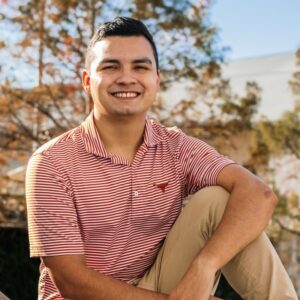
Characterizing playground access equity in Austin, Texas, USA: an equity approach for active childhoods.
Abstract Overview
Background: Despite the importance of play for children’s physical activity and health, access to free community settings for active play for all children is not yet ubiquitous. Limited studies in the U.S. have examined equity in access to playgrounds through a public health lens.
Purpose: (a) Assess whether access to playgrounds in Austin, Texas, USA varies by socioeconomic and racial/ethnic neighborhood characteristics; and (b) Identify stakeholders involved in playground development, placement, and maintenance.
Methods: Neighborhoods were operationalized as census tracts (CTs). All public-access playgrounds in Austin were geocoded, and playground counts per CT were calculated. CT categories of income (tertiles) and predominant race/ethnicity (primarily [≥60%] white, non-white, or mixed-race) were derived using U.S. Census data. Multinomial logistic regressions tested the associations between sociodemographic characteristics and the number of playgrounds in neighborhoods. An organizational landscape analysis was conducted to identify playground stakeholders via a systematic search, abstraction, and thematic coding protocol.
Results: Relative to low-income CTs, medium-income (OR= 2.95, 95%CI: 1.63, 5.31, p=.000) and high-income (OR= 3.65, 95%CI: 1.99, 6.69, p=.000) CTs had significantly higher odds of high playground access (≥2 playgrounds). Relative to predominantly white CTs, nonwhite (OR= 1.82, 95%CI: 1.04, 3.2, p=.037) and mixed (OR= 2.08, 95%CI: 1.21, 3.60, p=.008) CTs had higher odds of high playground access. Twenty-seven (n=27) relevant organizations to playground equity in Austin were identified, with a focus on (non-mutually exclusive): Community Development/ Engagement (n=20), Construction/ Architecture (n=4), Government (n=6), and Advocacy (n=17).
Conclusions: Austin appears to be investing in racial/ethnic playground equity, but socioeconomic-based inequities prevail. Future work should assess playground quality.
Practical implications: Findings will be shared with key stakeholders to help inform playground placement and renovation decisions, to help attain physical activity security for all children in Austin.
Funding: Partially supported by The World Playground Research Institute, The University of Southern Denmark.
Additional Authors
Name: Eugen Resendiz Bontrud
Affiliation: The University of Texas at Austin, Department of Kinesiology and Health Education
Presenting Author: no
Name: Collette Steed
Affiliation: The University of Texas at Austin, Department of Kinesiology and Health Education
Presenting Author: no
Name: Deborah Salvo
Affiliation: The University of Texas at Austin, Department of Kinesiology and Health Education
Presenting Author: no

